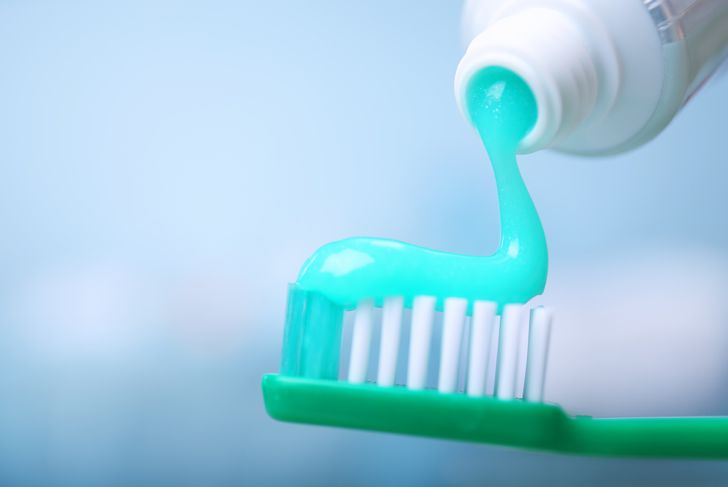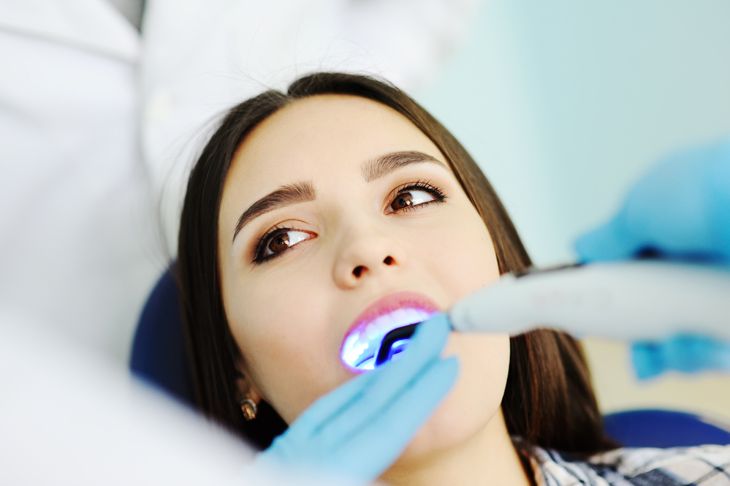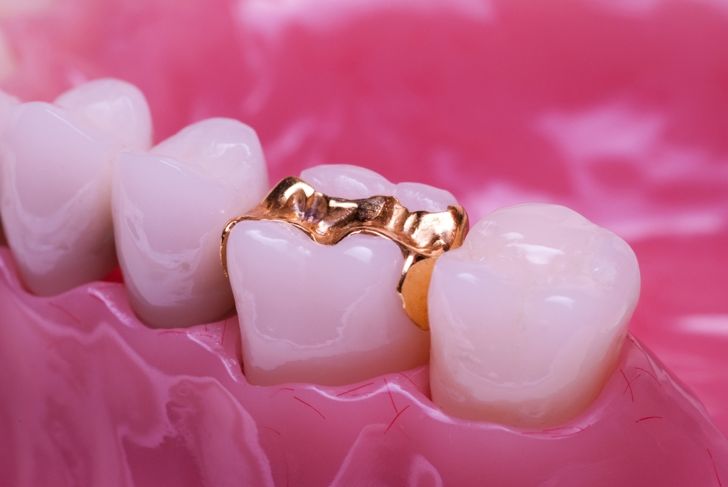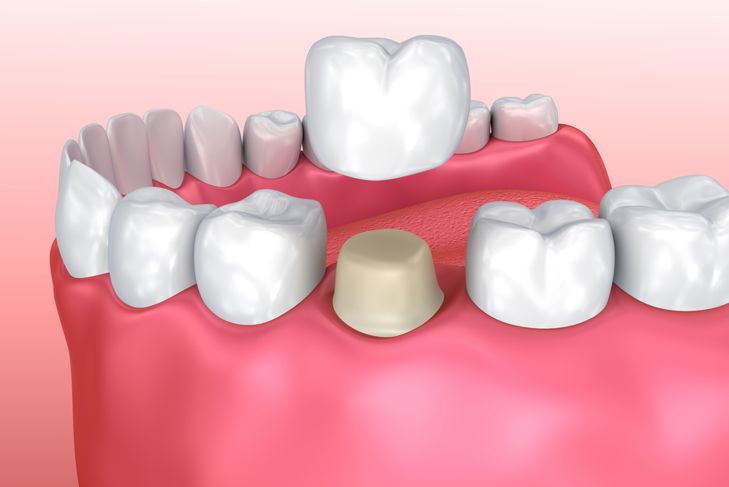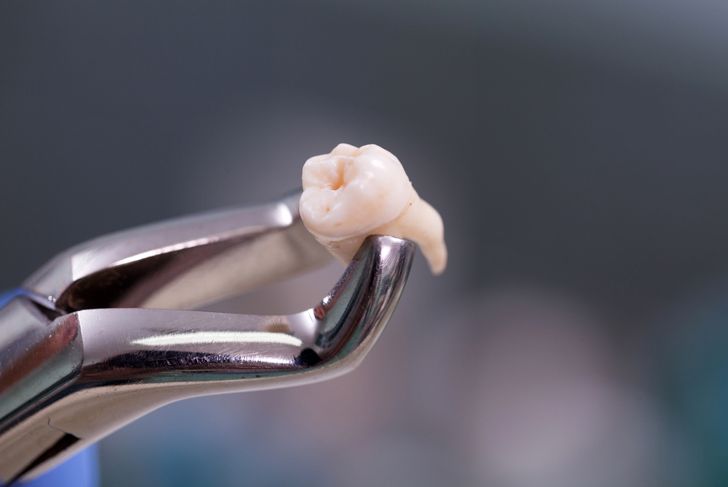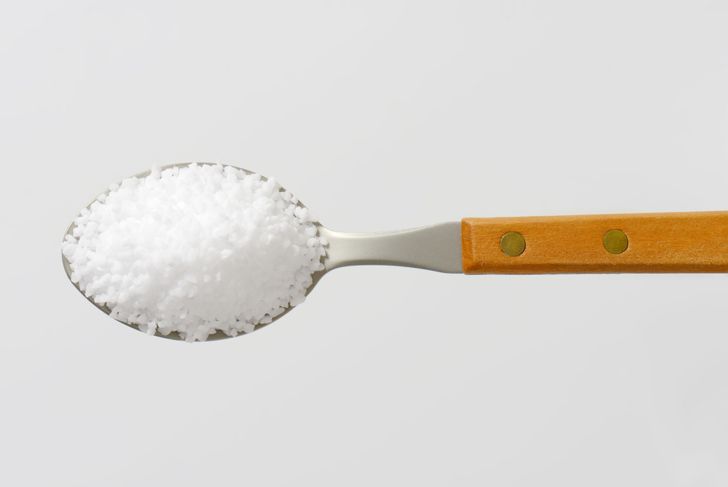Most of us learn in school how the acid produced by a buildup of plaque causes tooth decay. Sometimes you only discover you have tooth decay from regular visits to the dentist. Friends and family might also notice spotting on your teeth or smell the bad breath and alert you to the problem. Often people automatically associate tooth decay with a toothache, but it does not always cause pain. It is possible to live with this major dental health problem for some time and remain unaware of it if you don’t go to the dentist. The longer the delay, the more difficult and expensive treatment becomes.
Preventative measures
If you catch the tooth decay at a very early stage, it might be sufficient to take preventative measures without undergoing treatments. For example, the dentist is likely to suggest that you take steps to reduce your intake of sugar radically. This is a good idea for general health in addition to dental care. They are also probably going to recommend that you use a fluoride paste or gel to strengthen the teeth and help fight off the spread of plaque. Sometimes they also suggest the use of an electric toothbrush since its regulated movements may be more effective than manual brushing.
Fillings
This is a common option to treat a relatively minor cavity. The dentist administers a local anesthetic to numb the gums and teeth while they remove the decay with their drill. Even with these painkillers, the procedure is not always completely pain-free, but it is preferable to the alternative. After the decay is removed, the dentist plugs the gap with a filling. Fillings may be made of several kinds of material, for example, silver or porcelain. The dentist will know which filling is the best to use according to the nature of the cavity and where it is situated.
Tooth inlays and onlays
Both of these treatment options might be needed if the hole made by the dental decay cannot be adequately plugged with a filling. Inlays and onlays also help strengthen the tooth while fillings are unable to perform this role. The difference between onlays and inlays is that the former is used to treat decay in the upper part of the tooth’s crown while the former deal with decay in the central part of the crown. Normally the dentist puts in a filling until the onlay or inlay has been produced by the dental lab and is ready to be attached to the tooth.
A crown
The crown is used in more severe cases of dental decay. It effectively protects the tooth against further deterioration. As is the case with fillings dentists can provide crowns in a variety of materials. As a rule, patients prefer the porcelain crowns since they do a better job of blending in with the other teeth. If cosmetic concerns are not a major issue, they might prefer to get a crown made from some other material that could be a little less costly or have some other advantage.
Root canal treatment
If the dentist discovers that the tooth decay has spread deep within the tooth, they might suggest a root canal treatment. In this way, they can avoid having to extract the tooth. As the name of this treatment suggests, it involves removing the root of the tooth. Cavities in the tool are filled in, and usually, the tooth is sealed with a crown. It usually requires a number of sessions and can be quite painful and uncomfortable even with anesthetics. It is also likely to be very expensive but if there is no alternative you have to undergo it.
Tooth removal
If tooth decay has reached such an advanced point, the dentist could decide that there is no alternative to removing the decayed tooth. Sometimes they will want to put in a partial denture, or they may opt for a dental bridge or implant. This is the treatment diagnosis no dentist’s patient wants to hear since it is so uncomfortable to undergo. The cosmetic impact is also something they are going to be concerned about, but this is the price many have to pay if they neglect to get their teeth regularly examined and do not follow basic dental hygiene guidelines.
Household salt
Out of a fear of dentists, a lack of funds or a belief in the greater efficacy of natural cures some individuals prefer to try home tooth decay treatments. Salt is well known for its antiseptic properties. Natural remedy enthusiasts suggest you mix a teaspoon of salt into a cup of warm water to produce mouthwash. They say that if you swill it around the area of the painful tooth for a minute or so it helps reduce pain and destroy bacteria. It is a safe solution to apply but whether it can be a substitute for a visit to the dentist is open to dispute.
Garlic
This is another example of a natural substance with proven anti-inflammatory qualities that might be used in a natural tooth decay remedy. Some suggest it helps to put a paste made of garlic cloves onto the decayed tooth and leave it in place for about ten minutes before washing it off with mouthwash. Rubbing the tooth with garlic oil is also supposed to bring relief and eating raw garlic is meant to help prevent tooth decay. Hopefully family and friends will be tolerant of that pungent garlic smell on your breath!
Sesame oil mouthwash
Natural cure exponents also advocate fighting tooth decay with a sesame oil mouthwash. You need to swill this solution around the area of the decayed tooth for about 20 minutes. During this time take care not to swallow any of it and afterward rinse your mouth out.
Turmeric
This spice is best known for its use in cooking but it highly rated in the natural medicine world for its capabilities to reduce infection and fight off bacteria. Natural healers suggest that you sprinkle turmeric powder in the area of the tooth cavity and then rinse it off with warm water a few minutes later.

 Home
Home Health
Health Diet & Nutrition
Diet & Nutrition Living Well
Living Well More
More